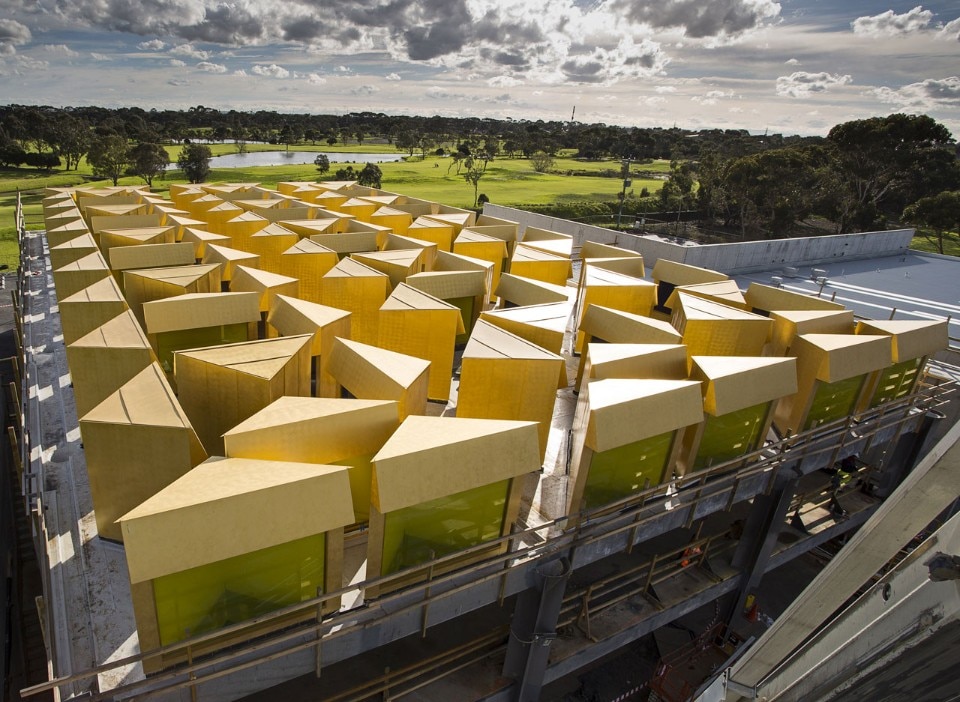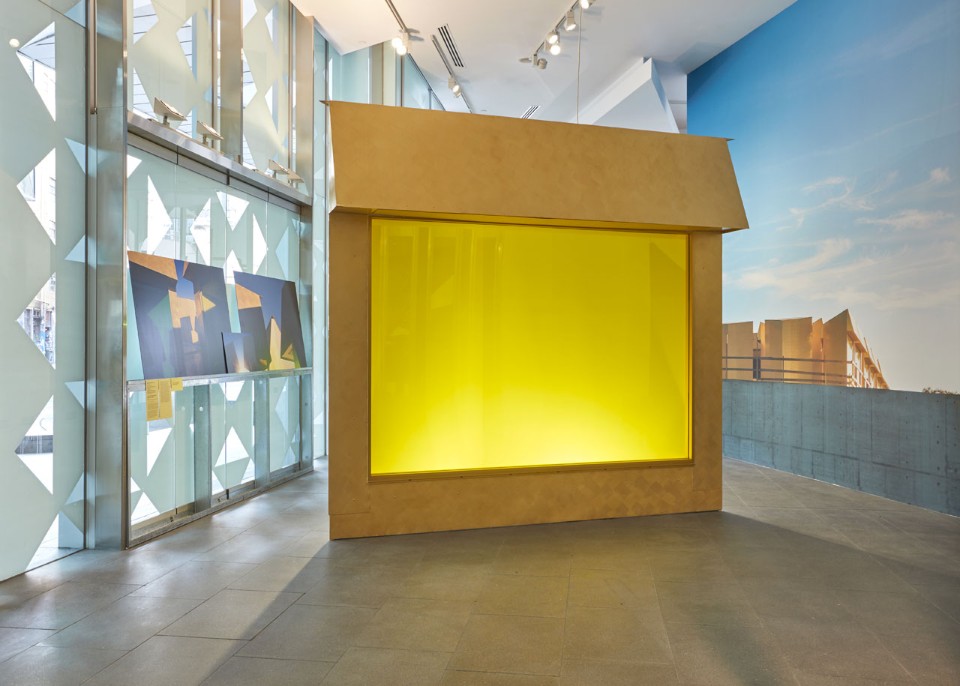
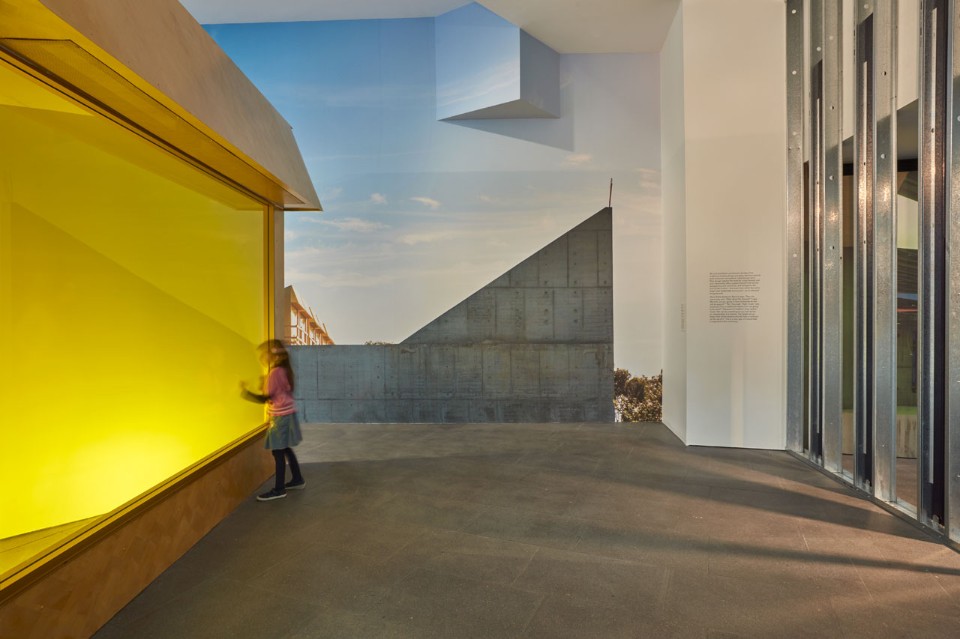
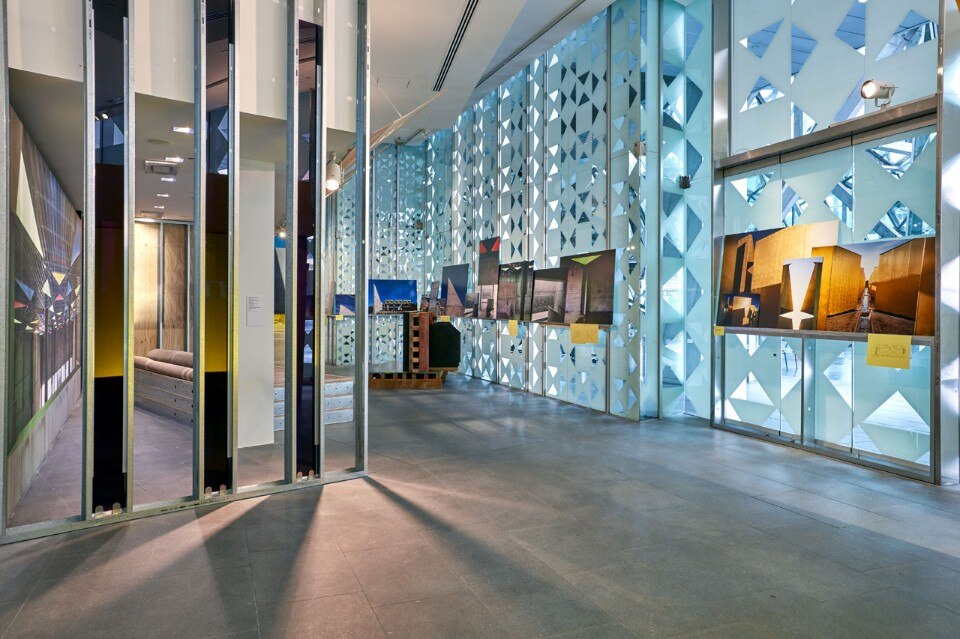
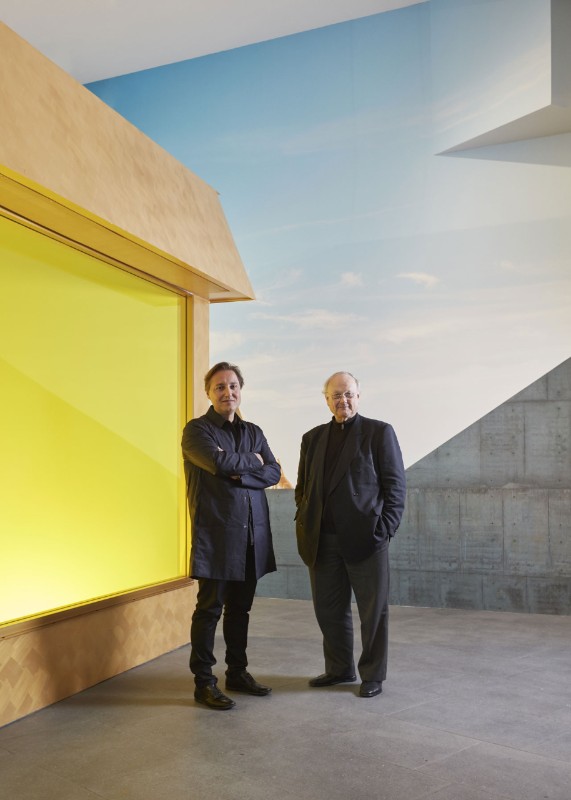
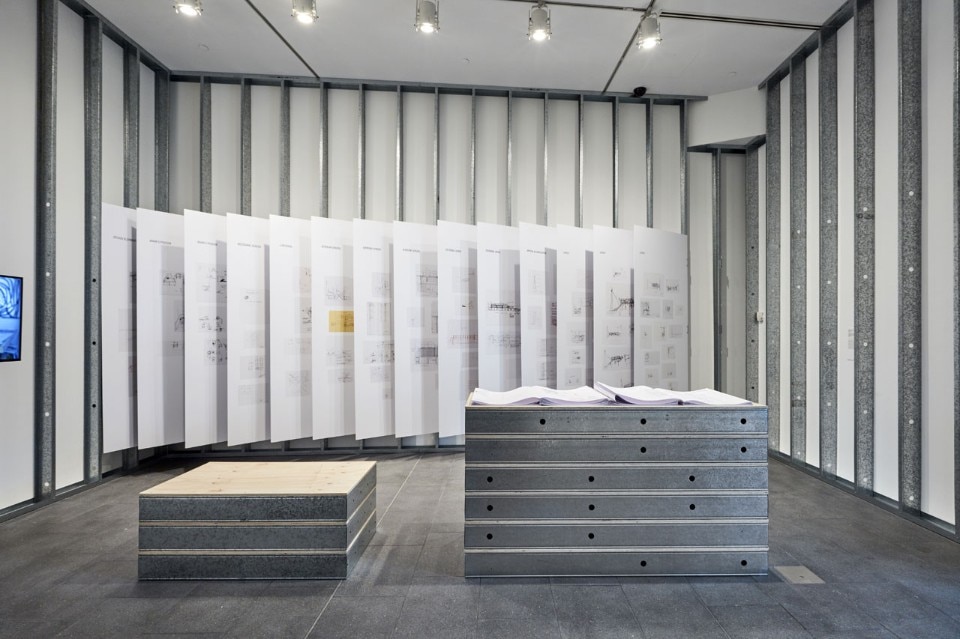
For Murcutt, everything must have a purpose. The design evolves from the basic requirements of the building, and all features must be related to one of these requirements. The experienced architect fostered a relationship with the client that allowed them to accept this philosophy, even if it challenged – indeed, “provoked” – ideas of what a Mosque should look like. As Elevli explains, the most important thing for Islamic architecture is facing Mecca and not having people walk in front of you when you prey, “beyond that there are no real requirements”.
Murcutt’s philosophy of everything has to have a purpose had a strong impact on the mosque project as he began to remove all the features conventionally associated with mosques but were not required. “Glen doesn’t do anything half heartedly – so he started educating the Islamic community, the Islamic world including myself.” This affected its entrance, form and structure, reflection and light, minaret and dome. In fact the later two features, almost synonymous with mosques, were not applied at all. “There was no microphone years ago, so they needed the dome to amplify the noise,” says Elevli, “back in the day they used to walk up the minaret so people knew it was time to prey. However with the development of electronic amplification that kind of structure is no longer necessary”.
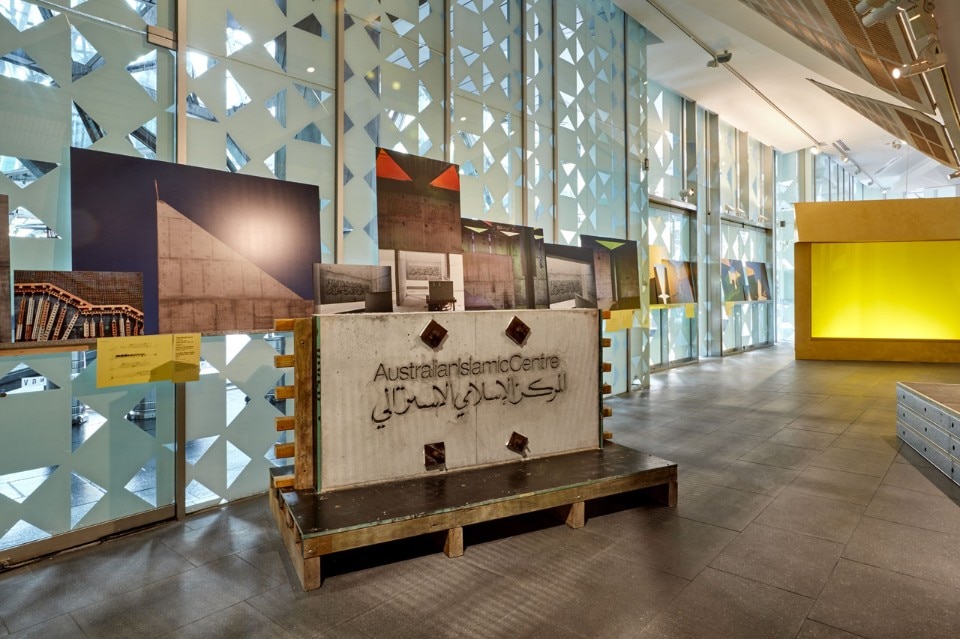
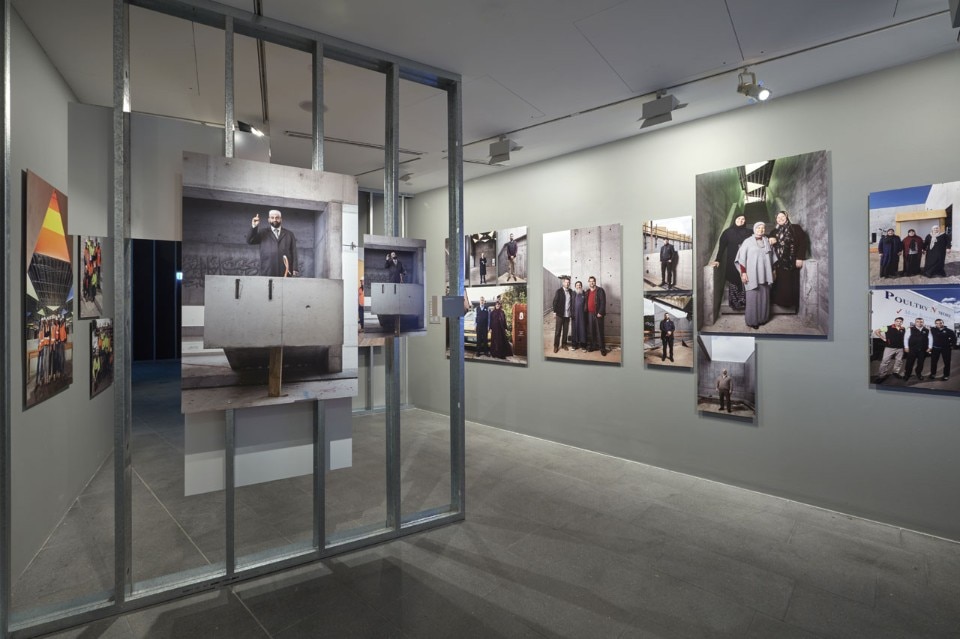
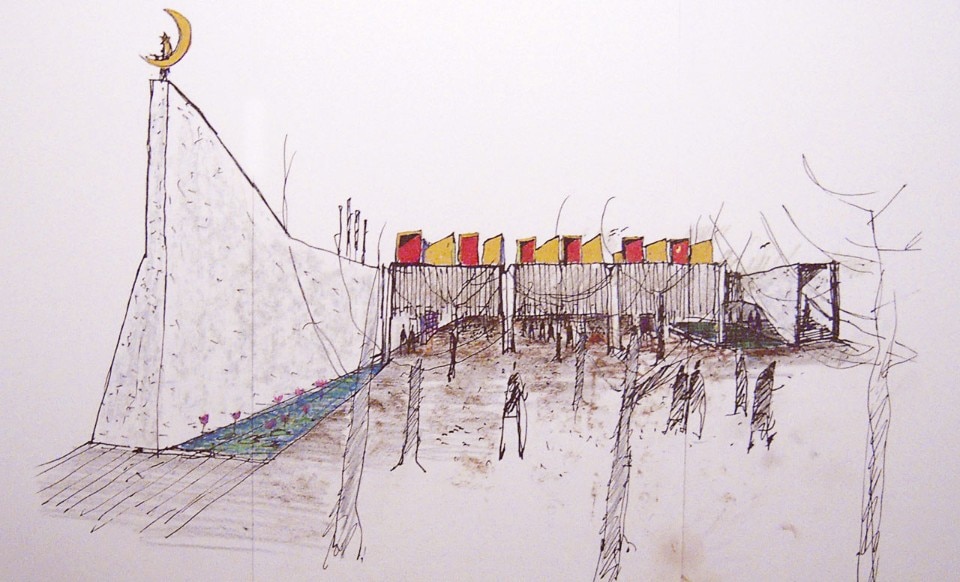
It is clear that Murcutt has done his best to make this a contemporary Australian mosque – one that invites everything and everyone in, even the light. It responds to the environment, and the specifications of an Islam architecture project, but also shows openness, a transparency, which makes sense in a land of hot weather and vast distances. The dark stillness and the intimacy of many European sacred spaces – be they churches or mosques – would not suit this environment. As Elevli says, “Glen’s idea was to have these beautiful sunrays coming up from the back of the mosque which is to attract, to draw us into the mosque”.
These features adapt the function to the context and bring the construction into harmony with its environment. “Everything has been built intricately and nothing is standard, nothing has come off the shelf, everything is customized,” Elevli says, “it is like a couture building”.
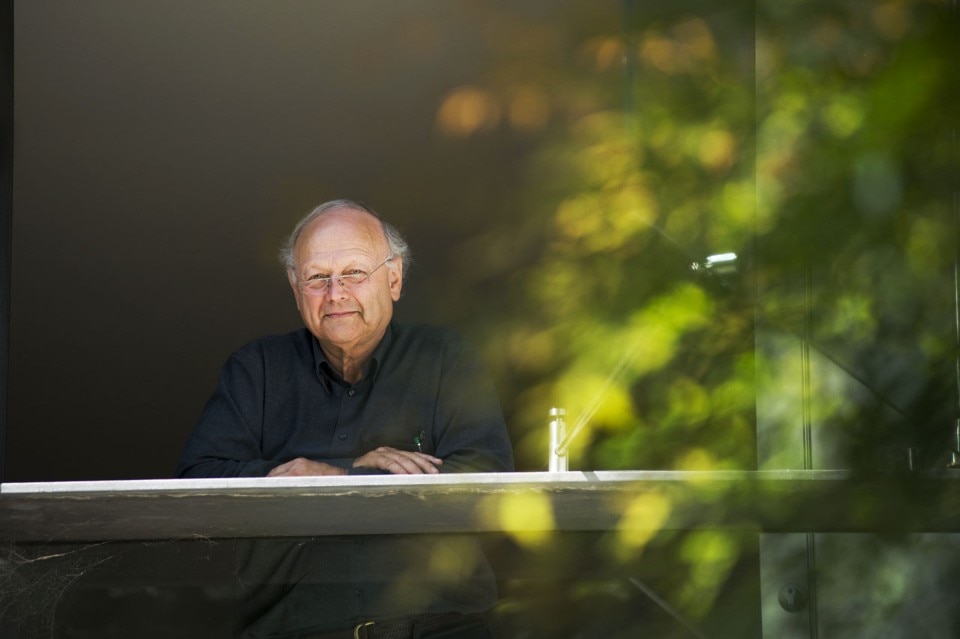
In the end, while the Mosque had to represent and facilitate Islamic practices, one of its key aims as a monument was to be simple, beautiful and welcoming for all visitors. “We can have it all transparent, we can make it inclusive,” says Elevli, “instead of the ordinary darkness and gloom of the church or mosque interior, there have waterways everywhere, reflecting nature”.
This is a project that negotiates the divide between visitor and local, non-Muslim and Muslim, young and old and most importantly new and settled – by using architecture to cross those divides. “If you want to learn about it, be a part of it, be inclusive, if you want something to represent you – this is what this community wants this mosque to be. Now with all the problems it is becoming more of a communication to that but before that I think it was the other way.”
“I am an Australian Muslim, with a Turkish background, and this is a way of saying ‘we are like you’, ‘there is nothing different from us to you, I like the finer things in life, I like comfortable environments, I like parks, I like landscape, I like beautiful architecture – this is the same as anyone else that wants to live this way and this is a way to communicate this”.
“I’m really ecstatic about what’s going on what’s happening with it. I really love coming here, I feel at peace here and I think everyone should be proud of it, I think everyone should own it”.
Hakan Elevli answered questions during a recent site visit to the Australian Islamic Centre that is currently under construction.
until 19 February 2016
Architecture of Faith
National Gallery of Victoria
Federation Square, Melbourne


